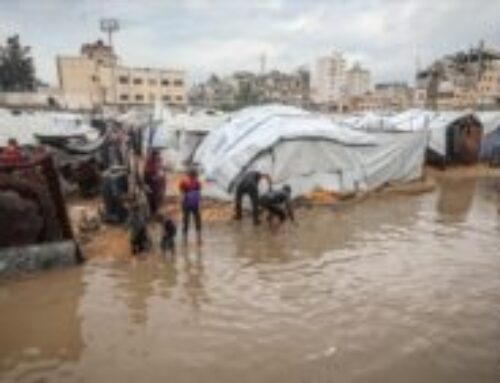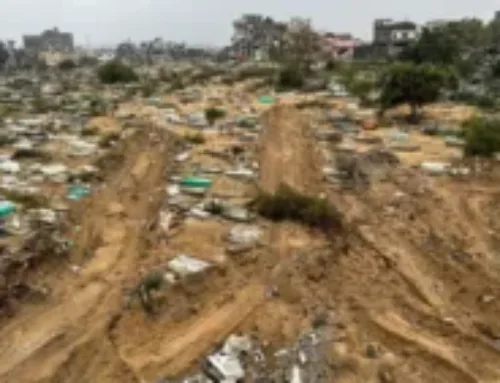The land in Gaza is no longer green. Once, the scent of soil mingled with the sweat of farmers, and seeds defied the siege with their quiet perseverance. Today, the fields stretch as ashes toward the horizon. There is no harvest season in Gaza anymore — only seasons of hunger. The land that once gave life now bears witness to its death, and the fields that once grew hope are watered with tears instead of rain.
In a new United Nations report, the Food and Agriculture Organization (FAO) painted a bleak picture of a crisis that surpasses humanitarian disaster — a near-total collapse of Gaza’s agricultural system. The organization reported that less than 5% of farmland remains cultivable, after more than 80% of agricultural areas were destroyed by two years of ongoing war.
Even the air that once carried the scent of seasons has changed. Around 70% of greenhouses have been flattened, and most wells have dried up or been destroyed, making access to water nearly impossible. leading to a near-total breakdown of local food production in the besieged Strip.
Farming — once the refuge of ordinary Palestinians — has become a memory. Those who once planted tomatoes, parsley, and wheat now wait in line for sacks of flour from aid trucks. According to FAO, Gaza now relies entirely on humanitarian aid to meet its food needs, warning that the continued restrictions imposed by the usurping entity on the entry of agricultural supplies and fuel through the crossings could lead to a wide-scale famine in the coming months.
The organization added that 90% of Gaza’s population cannot access enough food, and the production of vegetables and grains has fallen to critically low levels. Even the sea — Gaza’s last source of hope — has turned into a closed arena, as the fishing sector has been devastated and heavily restricted, preventing fishermen from returning to work.
Now, Gaza stands besieged from all directions — by land, by sea, by sky, and even by bread, which has become a rare luxury. FAO ranked the Gaza Strip among the four worst food crises in the world, alongside Sudan, Yemen, and Afghanistan, calling for an urgent, multi-sector humanitarian response encompassing food security, water, health, and psychosocial support to prevent a total humanitarian collapse.
But beyond the cold numbers of the reports lie faces that tell the story better than data ever could — the faces of hungry children staring at a sky that has long withheld its rain, and of farmers standing before their scorched lands, holding the remnants of their plows as though bidding farewell to an old friend.
In Gaza, famine is not merely the absence of food; it is the loss of the ability to dream. Yet, in the eyes of Gazans still glimmers enough light to sow hope amid the rubble, to plant wheat in stone. Even when the land is besieged, life still finds a crack in the wall — and breathes.





